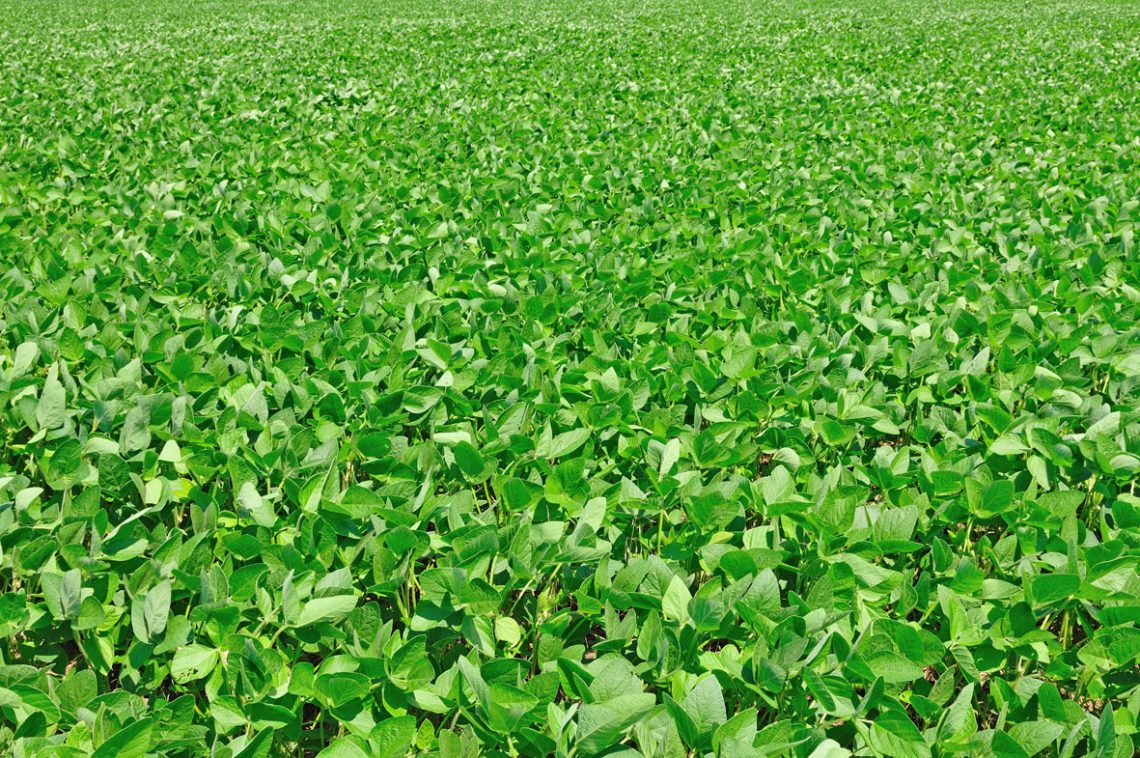Monsanto and Novozymes announce a new 2025 acreage target that will guide the companies’ microbials business for the next decade. The two partners in The BioAg Alliance will develop new microbial solutions to transform global agriculture and envision that their products will be used on 250-500 million acres globally by 2025, equivalent to 25-50 percent of all U.S. farmland. Today, the Alliance’s products are used on around 65 million acres.
“Emerging agricultural biological technologies can supplement every farmer’s toolbox,” says Robb Fraley, Monsanto’s Executive Vice President and Chief Technology Officer. “These products complement the integrated systems approach that is necessary in modern agriculture, bringing together breeding, biotechnology and agronomic practices to improve and protect crop yields.”
“Our growing world population and changing diets create a need to produce more crops from our arable land while using fewer resources. Nature’s powerful microbes can help us achieve that goal,” addsThomas Videbæk, Executive Vice President and Head of Business Development at Novozymes. “The science is complex, but the more we learn, the better we understand the importance of a healthy microbial community in the soil and around plants.”
Microbial-based solutions are derived from various microbes such as bacteria and fungi. There are approximately 50 billion microbes in 1 tablespoon of soil, and new methods of microbial discovery, fermentation technologies, DNA sequencing and analysis have made it possible to identify the ones that are most beneficial to farmers.
The new 250-500 million acre target is the first that has been communicated since The BioAg Alliance was announced in December 2013. Each applied microbe product counts towards the total, so if 2 or 3 products are used on the same acre of farmland, this will count as 2 or 3 acres towards the target. The target reflects a belief in a continued increase in demand of current and upgraded products as well as a significant contribution from new microbial products early next decade.
The BioAg Alliance is currently leading the world’s largest microbial research program to develop the next generation of products. This year alone, the Alliance tested more than 2,000 microbial strains across 500,000 field trial plots in more than 50 locations in the United States.
Those field trials produced promising results across broad geographies, the Alliance noted today. The top new microbes in the 2015 research program increased corn yields by 4-5 bushels per acre and soy yields by 1.5 bushels per acre.
The BioAg Alliance is already marketing two types of microbial products: inoculants products, which help plants take up nutrients, and biocontrol products, which help protect plants against pests and disease. The products can be utilized by farmers that grow broad acre crops such as corn and soy, and on fruits and vegetables.
The Alliance emphasized that it plans to continue seeking collaborations with academics, public institutions and other researchers as well as companies who are looking at the power of microbes.
The new acreage target does not impact Novozymes’ previously communicated long-term financial targets.













